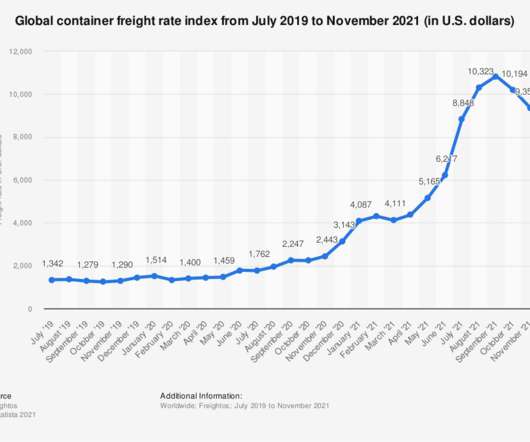A Model for Transporting Goods in Brazil
MIT Supply Chain
NOVEMBER 21, 2013
A DSS-based model synthesizes information from a wide range of sources and help managers to make decisions. An example of the results is a network that involves shipments from a cargo consolidation center in Panama to a port in southwestern Brazil and an airport in the central portion of the country.


















Let's personalize your content